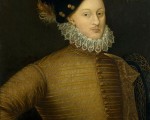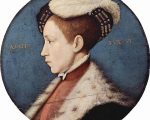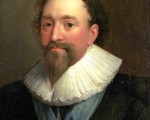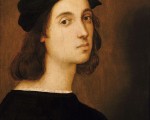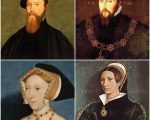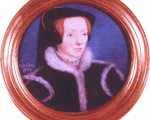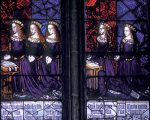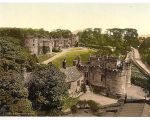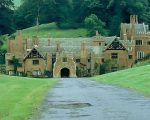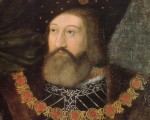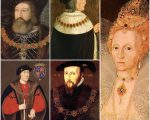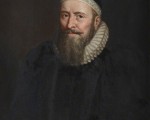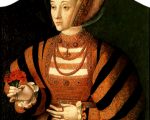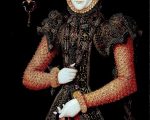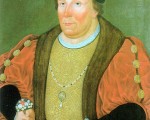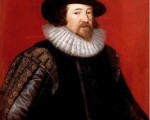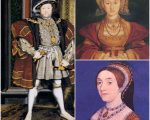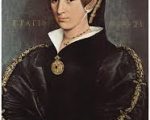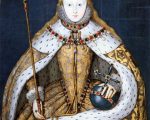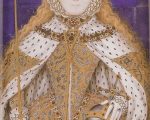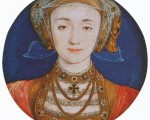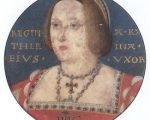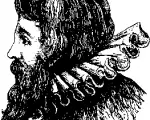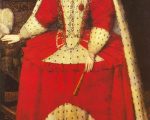
Helena, Lady Gorges, was born in Sweden in 1548 and was the daughter of Ulf Henriksson of Östergötland and his wife, Agneta Knuttson. Before her two marriages, she was known as Helena (Elin) Snakenborg, the surname coming from her mother’s family, who came from Mecklenburg. Helena’s father was a nobleman of the Bååt family and her mother descended from the earls of Orkney.
In the mid 1560s, Helena was chosen to serve Princess Cecilia of Sweden, Margravine of Baden, daughter of King Gustav I (Gustav Vasa) of Sweden, as a maid of honour. In late 1564, Helena left Sweden to accompany her mistress on a voyage to England to the court of Queen Elizabeth I. Their journey took almost a year due to bad weather and the need to avoid travelling through certain countries. Shortly after her arrival in England, Helena fell in love with William Parr, Marquis of Northampton and brother of Catherine Parr (Henry VIII’s sixth wife). When Princess Cecilia left England in 1566, Helena remained in England and joined Elizabeth I’s household in around 1567. Helena served Elizabeth I as maid of honour and then gentlewoman of the privy chamber.
[Read More...]
